This story from the Airbus Innovation Days in May first appeared in the July 2019 edition of Australian Aviation.
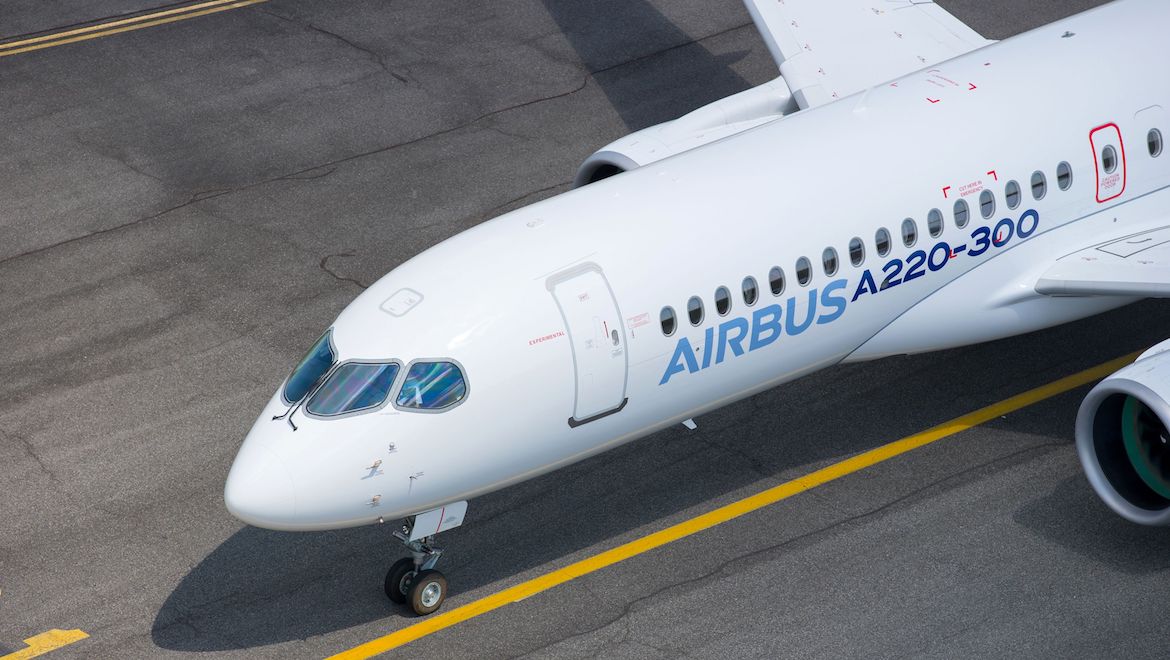
Airbus chief commercial officer Christian Scherer has sought to cast the airframer’s acquisition of a majority stake in Bombardier’s CSeries program as a form of innovation “in a business sense”.
His comments were in keeping with the theme of Airbus Innovation Days, held at the company’s headquarters in Toulouse, France in late May.
Innovation was the thread that weaved the various projects discussed during the two-day event over May 20-21.
Subjects ranged from work on unmanned aircraft to the use of automation at its production lines and the ever expanding reach of digital technology to transform the way passengers fly and the way companies make the aircraft those travellers fly in.
And the metamorphosis of the CSeries to the A220, Scherer said, was also on the innovation list.
“There was this thing called the CSeries out there, a clean-sheet design tailor-made for that particular market,” Scherer explained.
“Well that’s pretty innovative right?
“Instead of redesigning our own airplanes we actually acquired this very, very good airplane program. I call that innovation in a business sense as well. So that’s how we adapt.”
VIDEO: A closer look at the Airbus A220 from the Airbus YouTube channel.
This innovation through mergers and acquisitions brought value to the company’s airline customers, Scherer said, before going on to describe the A220 as a great aircraft now being distributed and marketed by Airbus.
“It may be not a very nice thing to say but the huge development cost of the A220 was borne by Bombardier,” Scherer said.
“Picking up that program along the way has allowed Airbus to benefit from that without the risk and the cost associated to the development of a clean-sheet of paper.”
Airbus continues to mull over new A320neo variant
In terms of Airbus’s narrowbody line-up more broadly, there has been considerable chatter in recent times about the potential launch of another extended range variant of the A320 family of aircraft, which some have dubbed the A321XLR.
While Airbus remained tight-lipped regarding the prospects of such a launch, Airbus executive vice president of programs and services Philippe Mhun said airlines were looking for more range in that segment of the market.
“Customers are always asking for additional range,” Mhun said.
Airbus chief executive Guillaume Faury also hinted about the possibility of a new variant by telling the
invited reporters to Innovation Days, including Australian Aviation, that the A321LR was the world’s longest range single-aisle aircraft “for the moment”.
Perhaps the Paris Airshow, being held as Australian Aviation went to print, would shed some light on the topic.
The upper end of the narrowbody segment pushes against what has been described as the “middle of the market” which covered, depending those doing the defining, somewhere between 200 and 300 seats and up to 5,000nm of range.
From the Airbus point of view, the market was covered by its re-engined A321LR (206 passengers, 4,000nm range) on the narrowbody side,
and the also re-engined A330-800 (220-260 passengers, 8,150nm range) on the widebody side.
“There isn’t a one-solution fits all recipe on this,” Scherer said.
Further, Scherer noted the upgrades to the A320 and A330 programs were achieved “at a fraction, literally a fraction, of the cost of the development of a brand new program”.
“It’s the A320/A321, in particular the latter, the A321, that for the first time on a single-aisle airplane offers widebody economics and, gradually, widebody range for single-aisle trip costs,” Scherer said.
“And at the same time we have a very, very proven program, the A330, now also re-engined so that we keep innovating and staying on the forefront of economic efficiency.
“So we have a left hook, right hook approach to this middle-of-the-market segment with absolutely unbeatable economics.
“These airplanes are designed with the latest engine technology and therefore the lowest fuel consumption, not to mention the comfort levels.
“At the same time both programs are so mature that it gives Airbus, let’s call it the pricing flexibility, that we need to address this extremely competitive segment of the market.
“I would like to think from a competitive posture we kind of have a rock – the A321 – and a hard place – the A330. You can imagine our strategy with respect to new emergents in this segment.”
Boeing, meanwhile, continues to evaluate whether to launch its new mid-market airplane, dubbed the NMA or 797, with a projected entry into service in 2025.
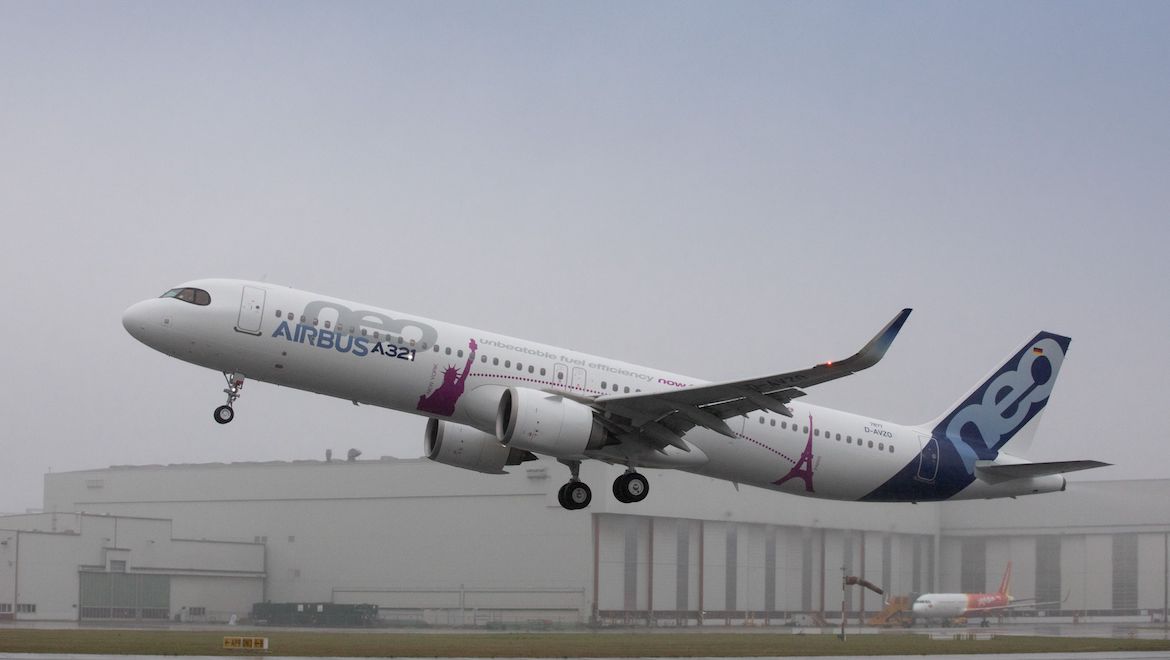
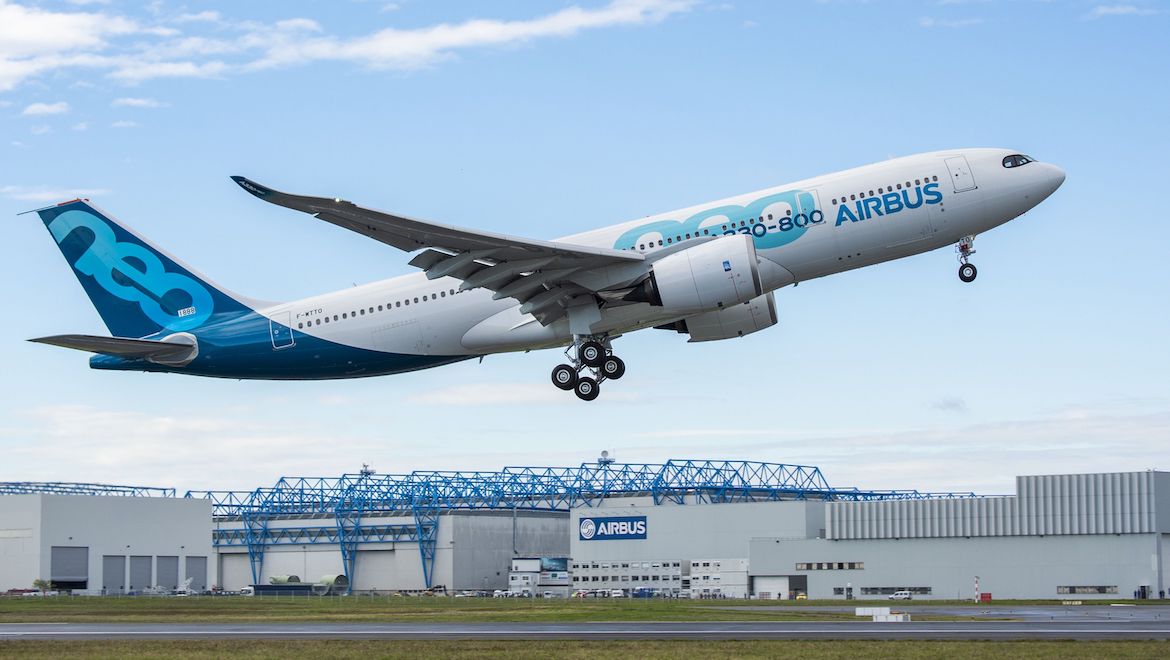
A380 was a success
Airbus celebrated its 50th birthday on May 29, the day in 1969 when French transport minister Jean Chamant sat with German economics minister Karl Schiller to sign an agreement to launch the world’s first widebody twin-engine passenger jet, the A300.
Since that day, the aerospace giant has grown to have a presence in most corners of the world, including in Australia.
“Look back. I think you will find that Airbus has brought a lot to this marketplace and continues to do so,” Scherer said.
This includes bringing to life the A380, the world’s largest passenger aircraft.
However, the program did not achieve what Airbus has expected in terms of orders – the manufacturer’s annual market outlook published when the A380 entered service in 2007 estimated demand for very large aircraft at about 1,200 over the subsequent 20 years – and the company made the “painful” decision in February to end production by 2021.
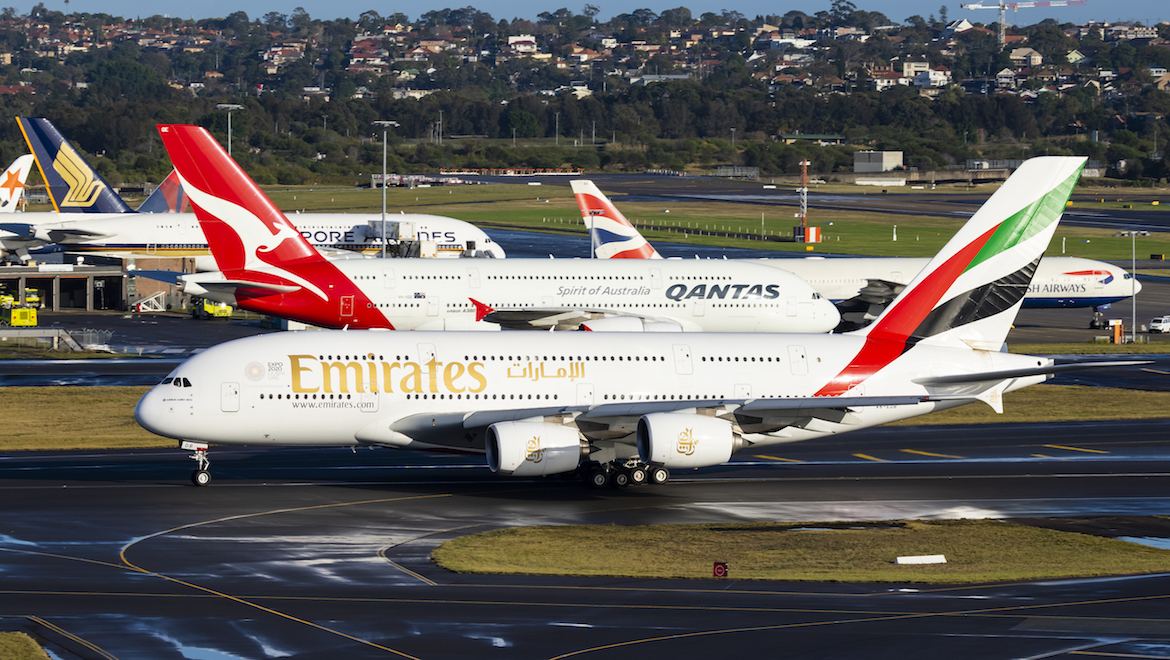
Faury told reporters at Innovation Days he believed the A380 had been an industrial success for Airbus, particularly because it provided important lessons that were incorporated into other aircraft programs, especially the A350.
“I absolutely believe Airbus wouldn’t be where it is today without the A380,” Faury said.
“Innovation means taking risks and we want to continue to be that kind of competitor in the market.”
Speaking of the A350, Scherer was open about the possibility of expanding the A350 family line-up from the current A350-900 and A350-1000, when the time was right.
“Is the market going to want to grow the A350? I would guess yes,” Scherer said.
“Do we feel the need to do that immediately? I would say no because we get a very good response with the -900 and the -1000 as we see it now.
“Clearly the A350 is going to want to grow because it has the ability to do so both in range and possibly in capacity.
“But that is a matter for tomorrow, not for today.”
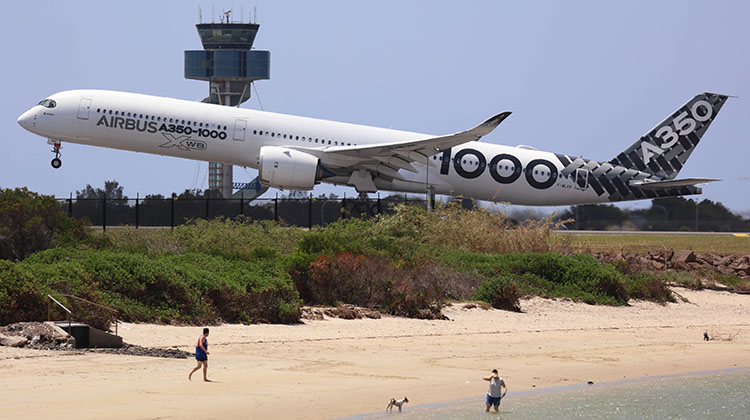
Separately, Scherer said Airbus had come up with a proposal with its A350 program that would meet Qantas’s Project Sunrise objectives.
“All I can tell you is we want to be the supplier with the A350 program on it. We have developed solutions with Qantas, for Qantas, and ultimately it is going to be their decision,” Scherer said.
“I want to tell you our determination, motivation and our ability with the A350, which is this brand new program, to serve Qantas on this.”
(Postscript: Airbus formally launched the A321XLR at the Paris Airshow.)
This story first appeared in the July 2019 edition of Australian Aviation. To read more stories like this, subscribe here.












